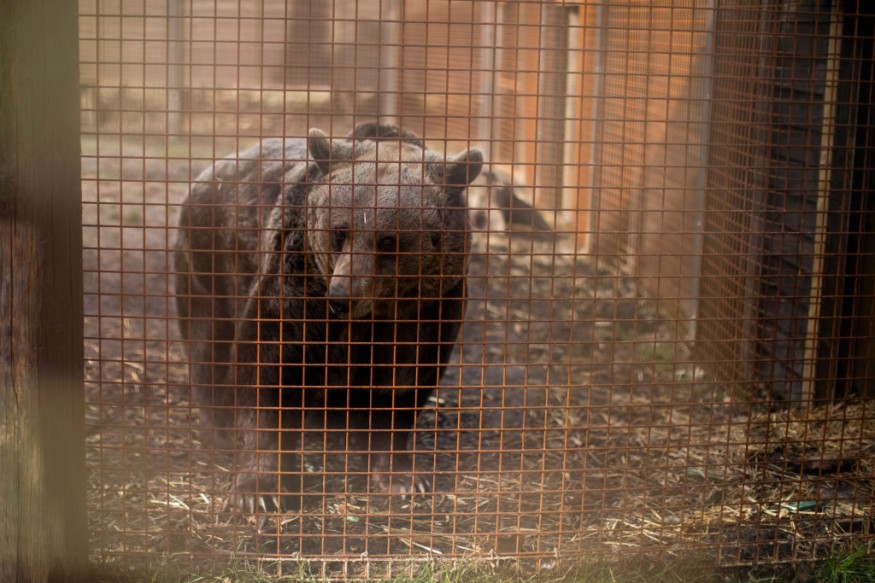
Many of the animals living in Europe are at risk of becoming extinct. If action is not taken and no efforts are being made to help preserve them for future generations, the number of these endangered animals is expected to grow.
Here is a list of some of the endangered animals of Europe from Our Endangered World:
5 Endangered Animals of Europe
1. Eurasian Brown Bear
A subspecies of the brown bear in Europe and Asia, the Eurasian Brown Bears (Ursus arctos arctos) are larger than their North American counterparts. They thrive in the cold with their shaggy, brown fur. They are omnivorous beings in the mountainous habitat of the region.
Eurasian Brown Bears are generally loners but come together during the breeding season. If habitat loss and hunting continue, there is no doubt that the species will nearly go to extinction.
2. Pine Marten
The species of marten found in Europe are solitary and territorial animals, living in the forests and other wooded areas. Martens (Martes martes) are known to feed on small mammals like birds, insects, eggs of birds, and fruits.
Using the most accepted system for measuring extinction - the IUCN Red List Categories and Criteria - the condition of the species was able to assess. To date, there are an estimated 5,000 to 15,000 European Pine Marten left in the wild, considered endangered due to habitat destruction and persecution. The animals are also at risk from climate change and forest fragmentation.
3. Iberian Lynx
Their species has the most endangered cat species in the world, with only around 400 individuals left in the wild. Iberian Lynx (Lynx pardinus) is a wild cat native to Southwestern Europe's the Iberian Peninsula, which was also endangered due to hunting and habitat destruction.
4. European Bison
The large herbivore was once found throughout Europe and parts of Asia, but declined due to hunting and habitat destruction, with only around 2,500 European bison in the wild. The European Bison (Bison bonasus) is the largest land animal in Europe, weighing up to a ton. Due to human activities, the Bison's natural habitat has shrunk and therefore making it difficult for the animals to find sufficient food and shelter.
5. European Mink
With only around 3,000 individuals left in the wild, the European Mink (Mustela lutreola) is also endangered due to habitat loss and hunting. The animals can be found in burrows near water, and are nocturnal.
The solitary animals feed on fish, frogs, and small mammals. They only come together to mate, where females give birth to 2 to 6 young at a time. However, their numbers have declined over the last century and now only found in Spain, France, Belgium, and parts of Russia.
Conservation Efforts: How to Help Protect These Animals
To help protect these animals, it is vital that their natural habitats are protected where they can live and grow. Our Endangered World provides habitat loss solutions which include even the smallest, individual changes such as reforestation, recycling, using of compost from organic waste, and many more.
Working with local communities to spread awareness is also a simple but effective means of communicating to the public what these animals need.
It doesn't have to be worth a thousand dollars to be able to meet an ecological cause.
Related article : Over 1,100 Species in Antarctica Faces Threat from Human Activities
© 2025 NatureWorldNews.com All rights reserved. Do not reproduce without permission.





